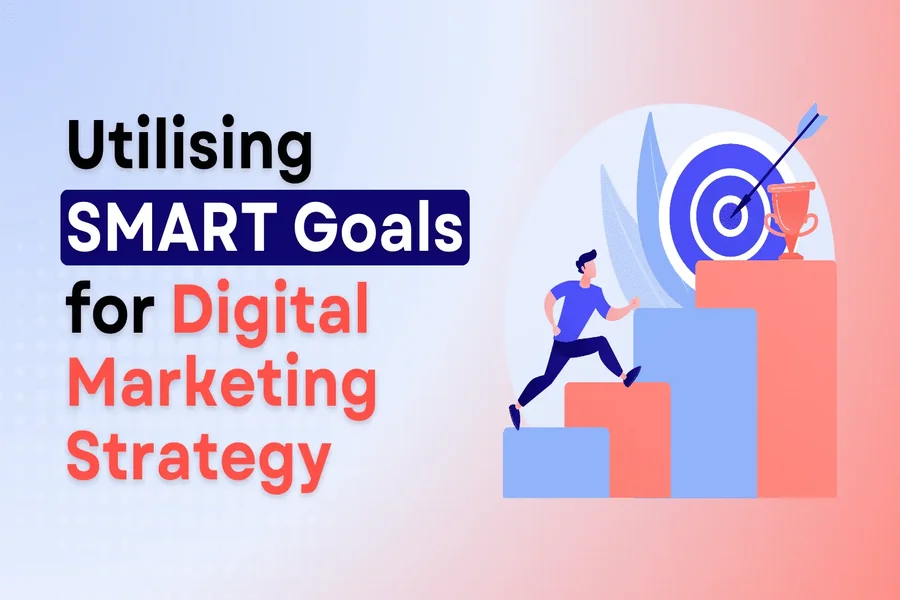5 Practical Tips To Improve Your Marketing Strategy Using Smart Data Solutions
In today’s fast-paced business world, marketers face the challenge of standing out in an increasingly crowded landscape. With so many brands competing for attention, it’s essential to approach marketing with precision and insight. Using data effectively can transform your campaigns, helping you connect with the right audience at the right time, with messages that truly resonate. In this article, we’ll explore practical tips to enhance your marketing strategy by leveraging modern tools and smart processes.
How to Use Data to Drive Better Marketing Results
Data-driven marketing isn’t just a buzzword — it’s a necessity for businesses aiming to grow sustainably. To get the most from your marketing efforts, you must understand how data can guide decision-making, streamline operations, and boost customer engagement. The following sections focus on key areas where data integration and automation can create a measurable impact.
Utilizing Data Scraping Tools for Enhanced Market Research
One of the most valuable ways to gather information about your market, competitors, and customers is through data scraping tools. These automated tools collect data from websites, social media, forums, and other online sources, aggregating large amounts of relevant information quickly and efficiently. This method saves hours of manual research, allowing marketers to monitor industry trends, track competitor pricing, and uncover consumer sentiment in real time.
By harnessing data scraping tools, you can gather fresh insights to inform product development, content creation, and campaign targeting. For example, if you’re launching a new product, scraped data can reveal gaps in the market or highlight features your competitors lack. The key is to use this wealth of information strategically to sharpen your marketing approach and tailor your offers more effectively.
Optimizing Campaigns with Customer Segmentation
Once you have access to comprehensive data, the next step is to break down your audience into smaller, well-defined segments. Customer segmentation divides your potential and existing clients based on various criteria such as demographics, geographic location, purchasing behavior, or online engagement patterns.
Why is segmentation so important? Because personalized marketing works better. When you send targeted messages designed for specific groups, your campaigns see higher open rates, click-through rates, and conversions. Segmentation also enables smarter budget allocation — instead of a one-size-fits-all approach, you focus resources where they’ll have the greatest impact.
Modern marketing platforms offer sophisticated analytics to create dynamic segments that update as customer data changes. This ensures your messaging remains relevant and timely, helping build stronger relationships and increasing customer lifetime value.
Streamlining Affiliate Marketing with Lead API Integration
Affiliate marketing remains a powerful channel for customer acquisition, but managing leads manually can slow down your growth and introduce errors. This is where integrating a lead API can make a significant difference. A lead API automates the transfer of lead information from affiliates directly into your CRM or marketing automation system, reducing the risk of lost or duplicated data.
Using a lead API helps affiliates submit leads faster, improving response times and increasing the likelihood of conversion. It also provides marketers with real-time visibility into affiliate performance, enabling quicker adjustments to campaigns based on accurate data. This level of automation not only boosts operational efficiency but also strengthens partnerships by providing affiliates with transparent, reliable tools.
Leveraging Predictive Analytics to Anticipate Customer Needs
Beyond gathering and segmenting data, predictive analytics can elevate your marketing by forecasting future customer behavior. By analyzing past interactions and patterns, predictive models help identify which prospects are most likely to convert or which existing customers might be interested in upsells or renewals.
Incorporating predictive analytics enables you to prioritize high-value leads and tailor your communications accordingly. For example, if data shows a segment is more responsive to limited-time offers, you can craft campaigns that align with their preferences, driving better engagement. This proactive approach reduces wasted effort and increases the efficiency of your marketing spend.
Enhancing Customer Engagement Through Omnichannel Marketing
Finally, using data to coordinate your marketing across multiple channels creates a seamless customer experience. Consumers interact with brands via websites, social media, email, mobile apps, and offline touchpoints. By integrating data from these channels, you can build a unified customer profile that guides consistent messaging and timing.
An omnichannel approach ensures that prospects and customers receive relevant content wherever they engage with your brand. This continuity builds trust and keeps your brand top of mind. Data integration tools and marketing automation platforms make managing omnichannel campaigns easier, helping you measure impact and optimize accordingly.
Conclusion
Embracing smart data solutions transforms marketing from guesswork into a strategic advantage. Using tools that gather and analyze data efficiently, segmenting customers thoughtfully, automating affiliate lead management with a lead API, applying predictive insights, and orchestrating omnichannel campaigns all contribute to stronger, more effective marketing. These steps help you make informed decisions, maximize your budget, and build lasting relationships with your audience. Ultimately, turning raw data into actionable insights empowers your business to thrive in an ever-evolving marketplace.







